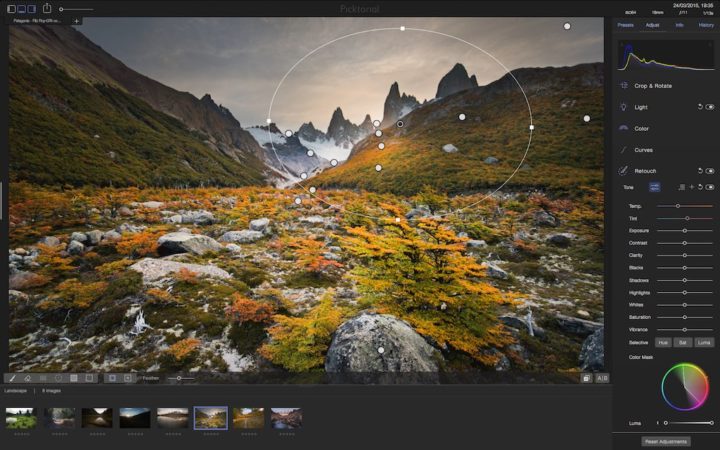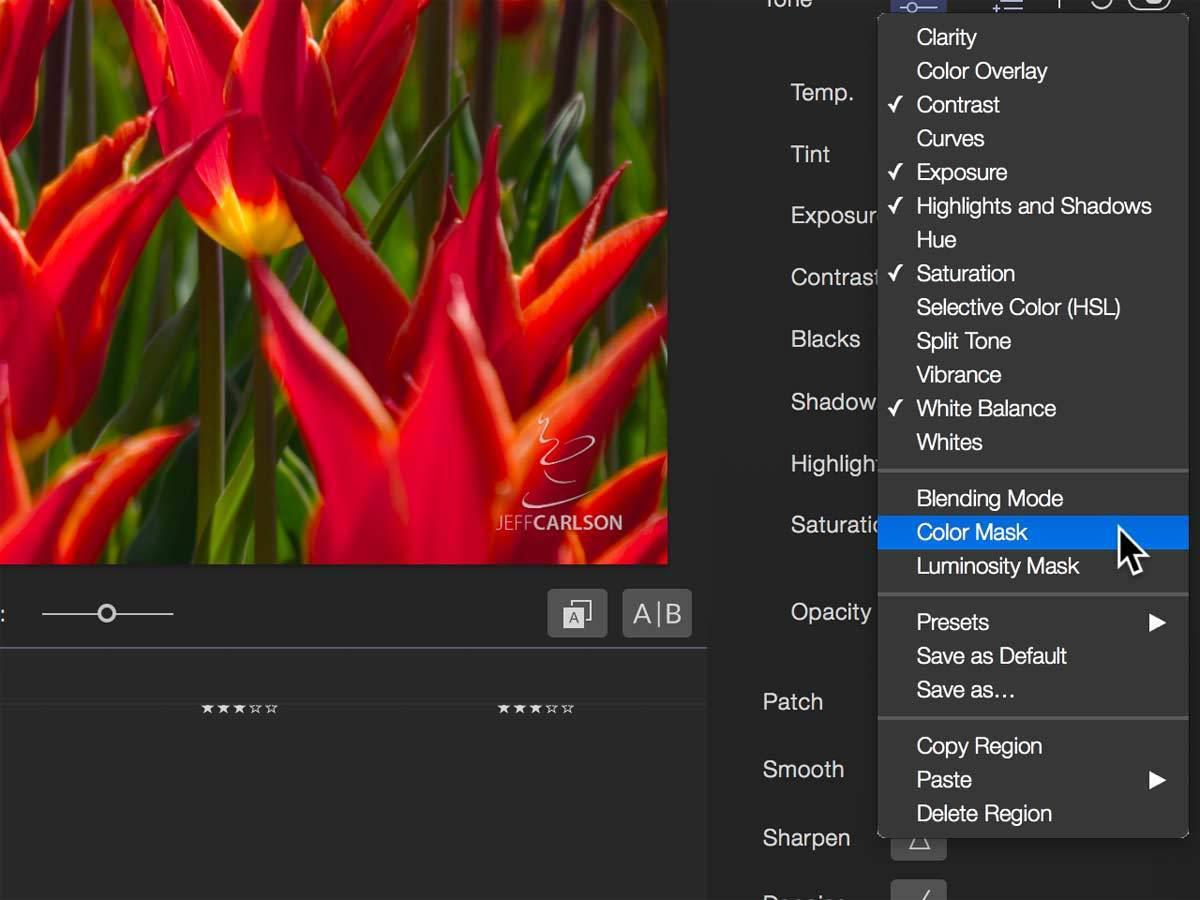


It was hand drawn by Monte in Milan, Italy, and only one other manuscript copy exists. At 10 foot square, this map or planisphere is the largest known early map of the world. Planisphere of 1587Īn extraordinary 60 sheet manuscript world map made in 1587 by Urbano Monte has been added to the David Rumsey Map Collection at Stanford University. View 3 Panoramas of original Collection Spaceīrowse Lists of the Collection's many Atlases The collection supports the study of topics such as history, ethnography, technology, environmental science, genealogy, and art. Browse search facets: What, Where, Who, When. Civil War, Afghanistan, Moon, Mountains and Rivers, Migration, Languages, Religions, Railroads, Climate, Agriculture, Economics, and Zoological. Subject and place examples: Pictorial, Geology, California, New York City, U.S. Popular collection categories include data visualization, celestial maps, atlases, globes, school geography, maritime charts, city atlases, pocket maps, children's maps, and manuscript maps. Refresh the link to see 250 more. We invite you to get pleasurably lost.Īdvanced search allows refined inquiries for precise results, while browsing encourages serendipitous exploration, honoring the legacy of library shelves. NEW: Random Browse the collection (desktop and tablet only). Here you can see the history of cartography through primary sources from 1500 into the 21st century. The online map collection is a searchable database that allows you to make your own journeys into spatial representations of the past. The collection includes rare 16th through 21st century maps of North America, South America, Europe, Asia, Africa, Australia, Antarctica, the Pacific, the Arctic, and the World. The historical map collection has over 122,000 maps and related images online. Or take a virtual tour of the Map Center, which hosts events such as the recent Barry Lawrence Ruderman Conference on Cartography : Indigenous mapping. Visit the physical collection at the David Rumsey Map Center at the Stanford University Library. Read the Blog to learn more about collection highlights, such as Urbano Monte's manuscript world map from 1587. Here you can explore maps through a variety of viewers. Welcome to the David Rumsey Map Collection. If you like the work I do, please consider signing up for my low-volume newsletter that I use to announce new projects, items, and giveaways that I think my readers would be interested in.View High Resolution Interactive Globe View All Interactive Globes The review is here: Picktorial 3.0 review: A fresh approach to photo editing and management.Īnd if you want to comment, go to Macworld’s page on Facebook for the article or write something in the comments here.

Although they recognized my name from my Web site, they didn’t know I was writing a review of the software, so I’m inclined to think they would be as attentive to any customer. They fixed those issues promptly, often with one-day turnarounds. I found a few ugly bugs when I first started to play with version 3.0 (a masking issue and the way the application was rendering FujiFilm raw files) and contacted them through their general support address. One more thing that’s impressive about Picktorial, which didn’t make it into the review, was my interaction with the company. The Picktorial editing extension lets you edit using Picktorial’s tools directly within Photos, but unlike every other editor I can think of, you can go back later and adjust the edits you made normally, when you edit a photo using an extension, that edited version is baked-in, and the only option is to revert to the original photo if you don’t like how it turned out. That’s a boon even if you use Photos to manage your library. It’s still completely non-destructive, but you can share the images in any manner-like Dropbox or iCloud-and when you open them in Picktorial on another Mac, all your edits are there and configurable. xmp metadata file (for raw images) or directly to the image file itself (for JPEGs). It also has a novel way of storing its edits: Unlike Lightroom or Photos for Mac, there’s no central database that keeps track of where images are stored on disk and which edits have been applied. At Macworld today, I review Picktorial 3.0, which focuses only on edits that photographers would make (i.e., it’s not an all-purpose image editor the way Photoshop or Pixelmator are). When Apple retired Aperture, it created space in the market for other photo editing applications to fill.


 0 kommentar(er)
0 kommentar(er)
